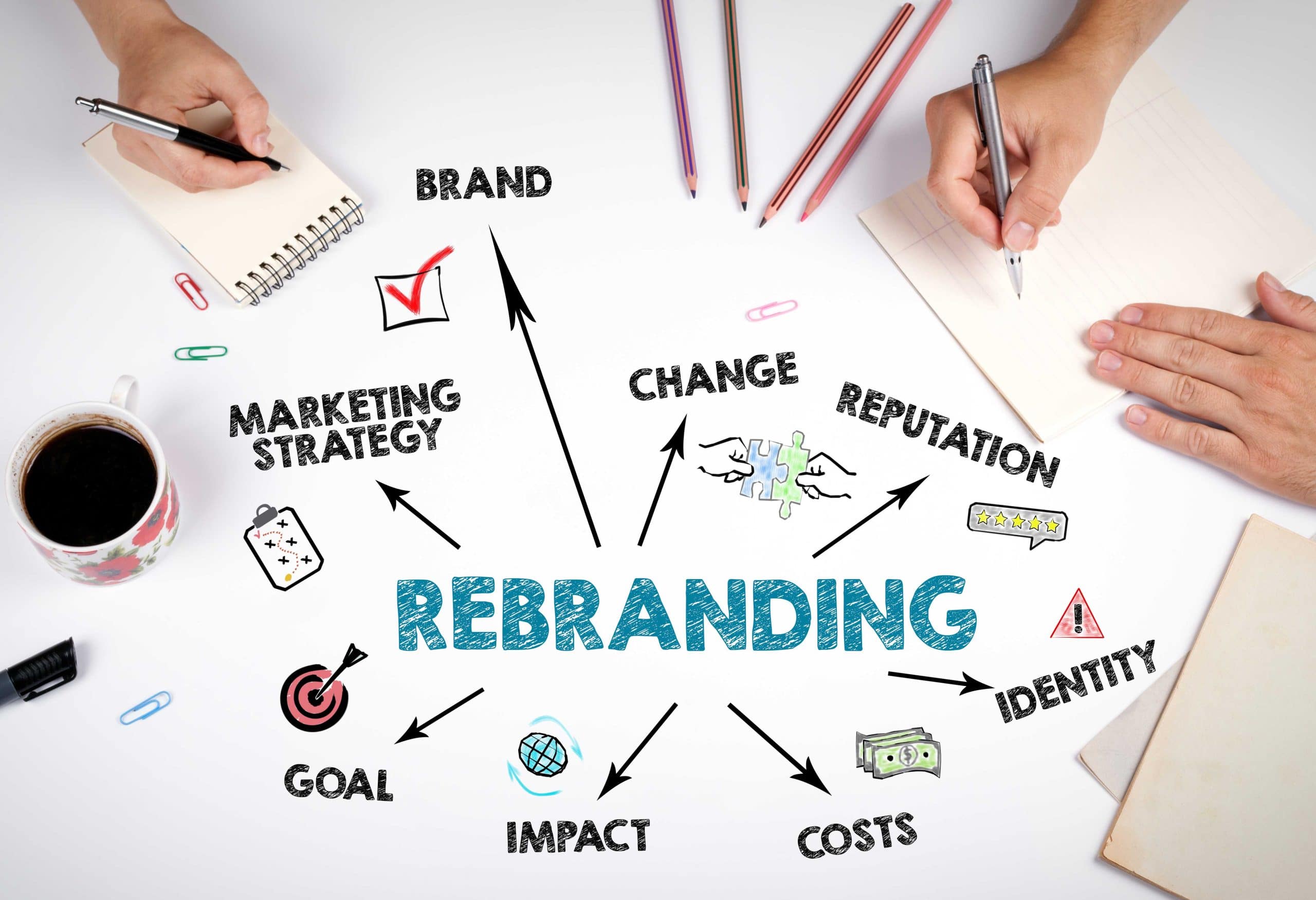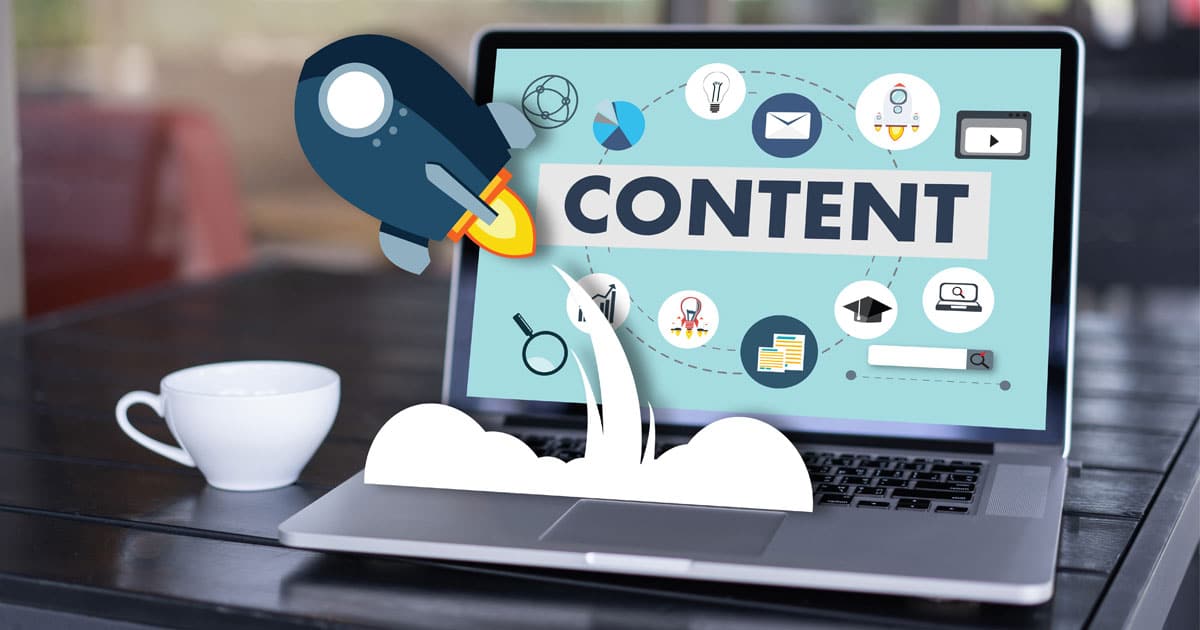Sustainable marketing is no passing trend. It’s a permanent transformation, and big businesses are beginning to recognize its importance. Recent studies indicate that 79% of consumers change their purchase preferences based on a company’s social responsibility, inclusiveness, and environmental impact. The potential for growth in this area is immense. But what exactly is sustainable marketing?
Understanding Sustainability
Sustainability is a term we frequently use, assuming a common understanding. However, defining it precisely can be challenging because it encompasses three major pillars:
- Environment: This pillar, the most familiar, involves efforts to protect the natural world.
- Society: Focused on creating equitable systems and ensuring fair treatment for all individuals.
- Economy: Aims to grow the collective economy while decoupling profitability from environmental resource consumption.
Sustainability’s primary goal in each of these domains is to create enduring systems that aren’t depleted over time. It promotes long-term thinking, often across generations, to ensure lasting success and growth. Environmentally, this means maintaining the planet and its ecosystems. Socially, it involves building societal structures that work for everyone. Economically, it’s about achieving growth without exhausting resources.
Applying Sustainability to Marketing
From this perspective, the goal of marketing shifts significantly. Traditional marketing focuses primarily on revenue generation. In contrast, sustainable marketing expands this goal to include long-term value creation across three dimensions: people, planet, and profit. This “triple-bottom line” approach ensures that marketers are accountable for enhancing the value of all three for their organizations.
Is your brand working to its full potential?
Discover the importance of your brand and how to maximize its impact here.
Crafting a Sustainable Marketing Strategy
Achieving the triple-bottom line in sustainable marketing requires a fresh strategic approach. Sometimes, the most “profitable” tactic may not be the chosen one. Sustainable marketers may view a campaign as successful even if it doesn’t meet revenue targets, provided it makes progress in other areas of the expanded bottom line.
For example, when planning a go-to-market strategy for a new product within the sustainable marketing framework, consider these elements:
- (Planet) Minimize Travel: Reduce travel requirements for related events or use carbon offsets for necessary travel.
- (People) Evaluate Impact: Assess whether the new product will positively impact people. If not, adjust the product to enhance its societal benefits.
- (Profit) Ensure Profitability: While focusing on environmental and social impacts, ensure the product remains profitable to sustain the business and continue making a difference.
Sustainable marketing is about more than just generating revenue. It’s about creating a lasting positive impact on the environment, society, and the economy. By adopting a triple-bottom line approach, businesses can achieve growth that benefits everyone and everything involved. Embrace sustainable marketing and be part of a movement that’s shaping a better future for all.
If you need help making your Social marketing message work for you, we’d love to help. Give us a call at 574.234.2060, or fill out our contact form here, to start a conversation today.



